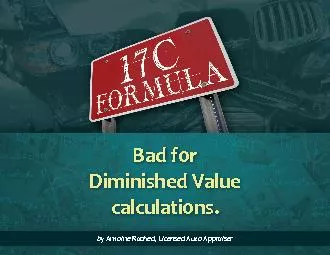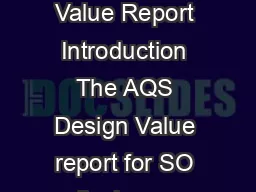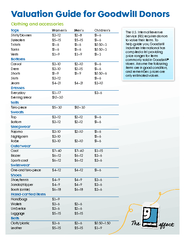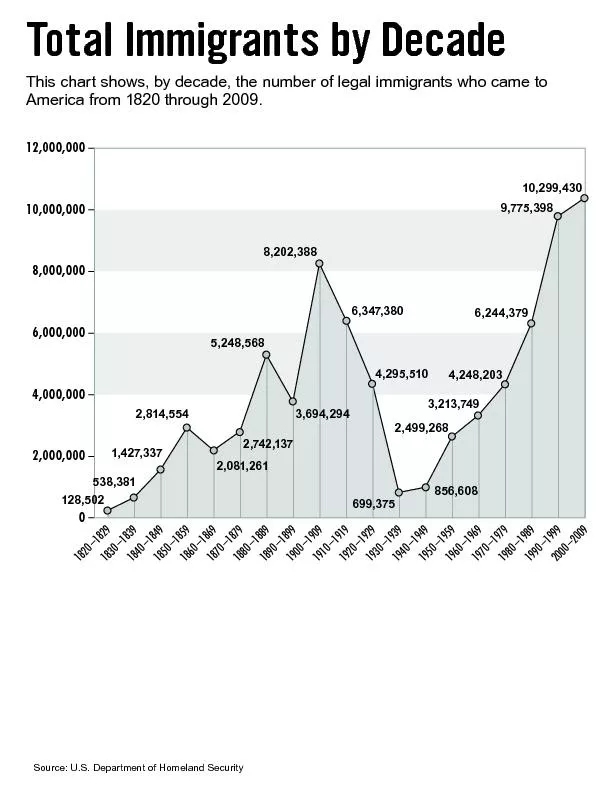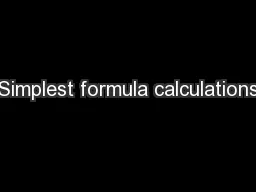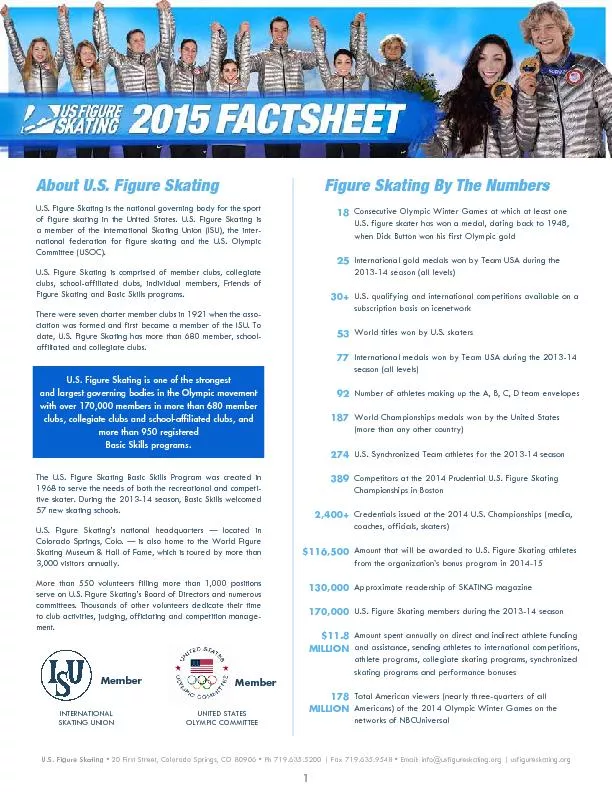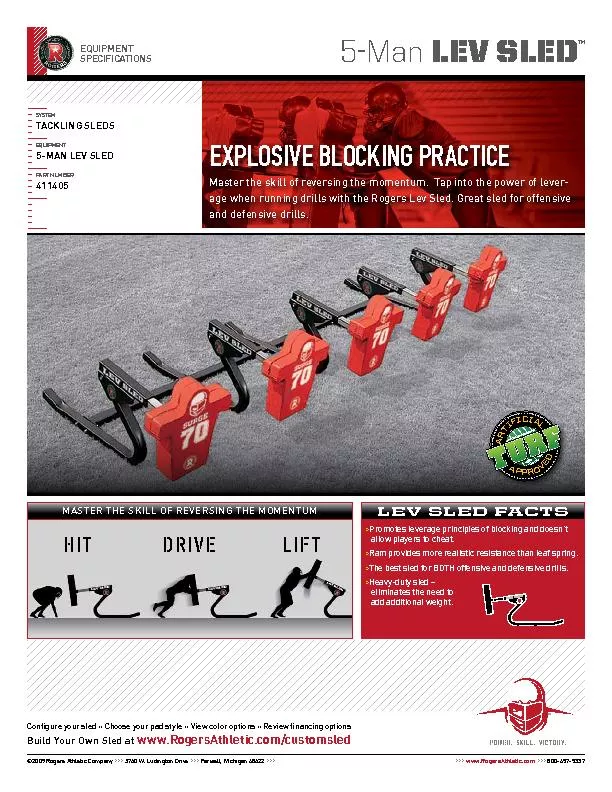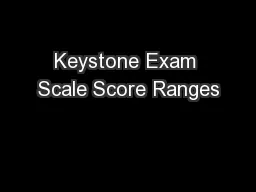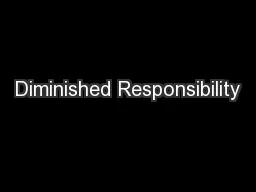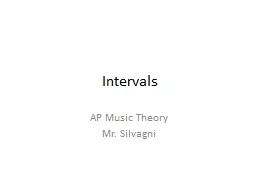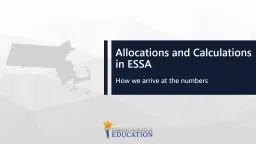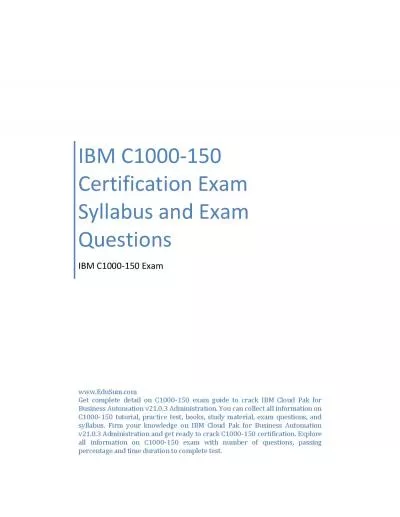PDF-The 17c formula – Bad for Diminished Value calculations.
Author : pasty-toler | Published Date : 2016-11-21
page 3The 17c formula 150 Bad for Diminished Value calculationspage 6Auto Appraisal methods Calculated and Measured Valupage 8 Components of 17c formulpage 8 1 Base
Presentation Embed Code
Download Presentation
Download Presentation The PPT/PDF document "The 17c formula – Bad for Diminishe..." is the property of its rightful owner. Permission is granted to download and print the materials on this website for personal, non-commercial use only, and to display it on your personal computer provided you do not modify the materials and that you retain all copyright notices contained in the materials. By downloading content from our website, you accept the terms of this agreement.
The 17c formula – Bad for Diminished Value calculations.: Transcript
Download Rules Of Document
"The 17c formula – Bad for Diminished Value calculations."The content belongs to its owner. You may download and print it for personal use, without modification, and keep all copyright notices. By downloading, you agree to these terms.
Related Documents

